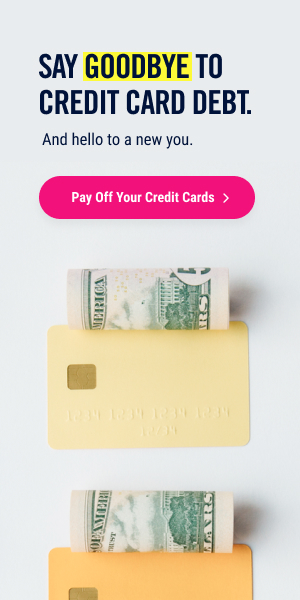While you hope your emergency fund doesn’t buy you anything but peace of mind, it’s there in case of an emergency. But how much money do you need?
Since everyone’s situation is unique, the simple answer to the above question is: As much as you need to feel comfortable. However, most experts agree an emergency fund should include between three and six months of living expenses. But some people might feel more comfortable with at least 12 months’ worth of living expenses. To tailor your emergency fund to your needs, ask yourself the following questions:
How stable is my income?
Although no job is guaranteed, some jobs are more likely to deliver you a pink slip than others.
How many people are depending on said income?
If you have a family that you’re supporting, you will require more money for your fund.
What are your monthly obligations?
If your debt load is already high, an emergency could push you over the financial edge. Likewise, if you have rent or a mortgage that gobbles up a big chunk of your monthly budget, you will need more money.
How healthy are you?
While no one can accurately forecast the future, do you have any warning signs on losing your ability to work? Or building up large medical bills?
What are your future budget requirements and do you have a savings plan in place for those events?
Here’s what I mean: Does your car have a lot of miles on it? Is a new transmission a possibility? How about a home repair? (This is arguably not a use for your emergency fund, but it’s still important to discuss.)
Are you adequately insured with renter’s insurance?
Homeowner’s insurance? Car insurance? Life insurance?
Answering the questions above should help you decide how much you need in your emergency fund. But, if you’re feeling overwhelmed by saving six months of living expenses, why not just start small? Make it a goal to open a separate account and deposit the minimum requirement, often just $100. Now, where to find that $100? Keep reading …
How to Start Building an Emergency Fund
Start your emergency fund as fast as you can. What can you do today that will net you some cash ASAP?
1. Sell something.
Take your unworn clothes to the consignment store or sell them online. Post that digital camera on Craigslist. If you’re really serious, what about that car in your driveway?
2. Slash your monthly obligations.
Cut cable. Become a budget cell phone customer by patronizing Ting or Republic Wireless. Carpool to work. Cut down on eating meat or eating out. Do anything for a month to see how much you can save. At the end of the month? Deposit all your savings into your emergency fund.
3. Negotiate.
If you have credit card debt, transfer your balance, if possible, to a no-interest card. If it makes sense, refinance your mortgage. (Caveat: Be careful with this option as you may need to cough up some money for closing costs or a new property appraisal.) Are there any other loans you can consolidate to get a smaller monthly payment … without getting bitten by more interest?
4. Save first.
Why not have part of your paycheck — even $10-20 per month — deposited directly into your emergency savings account before you even see it? You can’t miss what you never had in the first place.
5. Gifts and bonuses.
Occasionally, you may get a bonus at work. Your mom may slip $20 in your birthday card. Pledge to use this money to build your emergency fund. Building up your emergency fund will take effort and sacrifice. But when you get an unexpected bill — and you can pay it off easily — that feeling is priceless. Use the security of how that will feel to push you on to meet your emergency fund savings goals.


